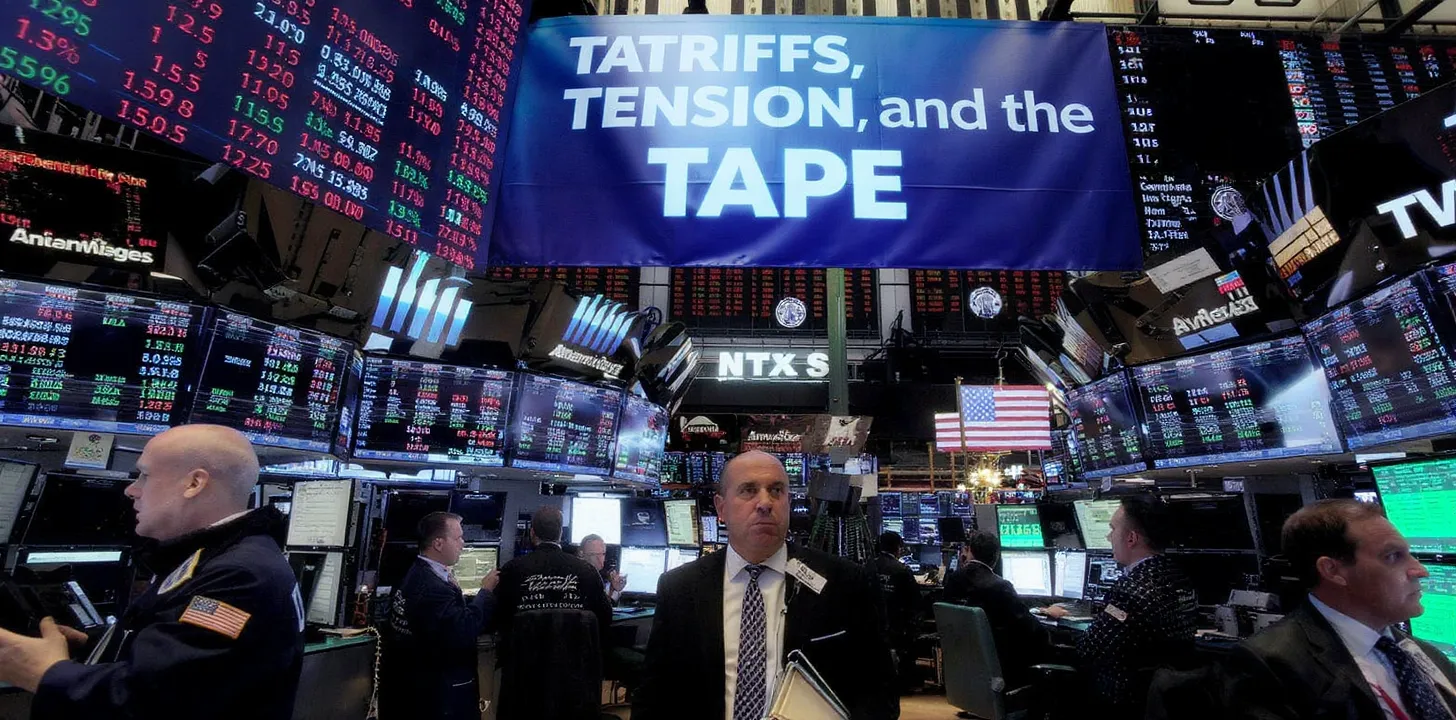Big Picture: Why this three-sector basket now
The dominant macro impulse in 2025 is not just “AI adoption”—it’s AI industrialization: a capex super-cycle stretching from chips to concrete to kilowatt-hours. Hyperscalers’ record data-center spending is already pulling forward demand for leading-edge semiconductors, high-power chips and the equipment that manufactures them. Upstream, the U.S. power system is pivoting from a decade of flat load to structurally higher electricity demand, with the fastest growth concentrated where new data centers and advanced manufacturing plants are clustering. Downstream, factories, logistics and utilities are racing to automate, electrify and expand capacity, a reshoring-plus-retooling wave that elevates capital goods. Put together, three sectors sit at the heart of this buildout: Semiconductors, Utilities/Power, and Industrial Automation & Capital Goods. The ETF lens lets us express them cleanly, rotate inside each theme, and manage concentration.
The evidence base is firm: the U.S. Energy Information Administration (EIA) now forecasts ~2% annual electricity-demand growth in 2025–26, reversing the long flatline and explicitly citing data centers as a key driver. Commercial power sales are projected to rise 3.0% in 2025 and 4.5% in 2026 largely on data-center load. In parallel, global wafer-fab equipment (WFE) sales are projected to hit a fresh record ~$125.5B in 2025, as foundry/logic and memory capacity expands to meet AI needs. And on infrastructure, the U.S. interconnection queue—a proxy for pending generation and storage—has swelled to ~2,300 GW of projects, underscoring the grid bottleneck that utilities and developers must solve to deliver the electrons AI will consume.
Sector 1 — Semiconductors (SOXX, SMH, XSD; plus equipment via TOK/EQT substitutes)
Thesis. The AI stack requires (1) high-end accelerators, (2) memory bandwidth, (3) advanced packaging, and (4) an equipment cycle to build/retrofit fabs at N3/N2 and leading-edge DRAM/HBM. That combination is unusual: it pulls designers, foundries, memory and equipment into the same up-cycle—historically, these waves stagger.
Catalysts.
- Equipment records: SEMI projects 2025 WFE sales to $125.5B, up mid-single digits from 2024’s record, with further growth in 2026 as 2-nm GAA ramps and HBM/advanced-packaging capacity scales.
- Unit + ASP tailwinds: WSTS now sees the global semi market up ~11% in 2025 to ~$701B, with later updates lifting 2025 to $728B (+15% y/y) as AI and memory recoveries broaden.
How to express.
- Core ETF: iShares Semiconductor ETF (SOXX) or VanEck Semiconductor (SMH) to capture mega-caps (accelerators, foundry, memory).
- Diversifier: SPDR S&P Semiconductor (XSD) equal-weights to reduce single-name concentration risk created by AI winners.
- Optional sleeve: Pair with an equipment-tilt ETF where available; the SEMI data favor tools and test as fabs proliferate and back-end rebounds.
Risk map. Over-earning risk if AI demand normalizes, export controls, and supply intensification. Hedge ideas: a covered-call overlay on SOXX; or pair long-SOXX vs. short broader tech beta if you want “pure” semi alpha.
Sector 2 — Power & Utilities (XLU; grid & nuclear satellites: GRID, URA)
Thesis. The AI era is power-intensive. Utilities move from defensive bond-proxies to growth-adjacent infrastructure providers: building peakers and transmission, contracting long-dated capacity with hyperscalers, and potentially benefiting from nuclear restarts/extensions and SMR pilots. Fundamentals are transitioning from “rate-case + yield” to rate-base expansion + load growth.
Catalysts.
- Demand shock: DOE/EIA and system operators now flag AI/data centers lifting U.S. power demand to 6.7%–12% of total by 2028 (from ~4.4% in 2023), with the geographic focus in Texas and Northern Virginia. Utilities, grid operators and Big Tech are coordinating to add capacity, re-site facilities and ease interconnection delays.
- Grid bottleneck = capex: Interconnection queues near 2.3 TW and FERC Order 2023 reforms point to sustained multi-year transmission/distribution capex—a tailwind for rate base and allowed returns.
- Nuclear option: With load growing and decarbonization mandates intact, SMR pilots and life-extensions gain traction. A high-profile Google–TVA–Kairos agreement to source power from an advanced 50-MW reactor targeted for ~2030 signals real commercial demand for next-gen nuclear tied to data centers.
How to express.
- Core ETF: Utilities Select Sector SPDR (XLU) for the broad, regulated utility base linked to capex growth.
- Satellites: First Trust NASDAQ Clean Edge Smart Grid (GRID) for T&D suppliers; Global X Uranium (URA) as a long-dated nuclear fuel proxy.
- Duration hedge: Because XLU is rate-sensitive, offset with a modest short-duration bond underweight or with an equity pairs trade (long XLU vs. short a rate-sensitive REIT sleeve).
Risk map. Regulatory lag, supply-chain delays, and nuclear execution risk. A pragmatic guardrail is to keep uranium exposure as a satellite, not the core, given spot volatility. (For context, uranium prices swung widely in 2024–25.)
Sector 3 — Industrial Automation & Capital Goods (XLI; PAVE, ROBO as targeted sleeves)
Thesis. Two secular vectors converge: (1) reshoring/friend-shoring that drives factory buildouts and (2) automation to solve labor constraints and raise productivity. This supports multi-year orders for electricals, robotics, controls, HVAC, and construction services.
Catalysts.
- Manufacturing buildout: U.S. manufacturing construction spend runs at ~$226B SAAR (June 2025), near record territory, with the electronics/semiconductor category a major share post-CHIPS.
- Company behavior: Headlines from appliances to fabs show incremental onshoring capex, even as debate persists on the permanence of the trend—good for a measured, diversified industrials exposure rather than single-name bets.
How to express.
- Core ETF: Industrial Select Sector SPDR (XLI) for diversified exposure.
- Targeted sleeves: Global X U.S. Infrastructure (PAVE) for construction beneficiaries; ROBO Global Robotics & Automation (ROBO) for automation pure-plays.
Risk map. Cyclical order slowdowns and tariff/policy swings. A risk-balanced approach is barbell: XLI core with a small ROBO sleeve and a funding short in a broad cyclicals index if PMIs roll over.
Portfolio construction and “what if?” scenarios
- Sizing & correlation: In a 100 “risk-budget” framework, think 40 SOXX/SMH + 35 XLU + 25 XLI/PAVE/ROBO. You’ll own growth (semis), defensives with growth (utilities), and cyclicals with secular tailwinds (industrials).
- What if rates spike? Trim XLU; keep semis and industrials funded by reducing market-beta elsewhere.
- What if AI demand pauses? Equipment often lags design cyclically—tilt from SOXX to an equal-weight semi ETF (XSD) and raise utilities.
- What if grid reform accelerates? Add GRID; consider a small URA sleeve if SMR momentum strengthens and fuel markets tighten (position-size tightly; commodity volatility is high).
Bottom line: The AI buildout isn’t just a story about chips. It is an economy-wide capex regime change, with investable breadth across semis, power, and capital goods—and the ETF wrapper is the cleanest way to own the spine of that trend while actively rotating risk. The macro scaffolding—rising electricity demand, record chip-equipment outlays, packed interconnection queues—supports a multi-year horizon.



